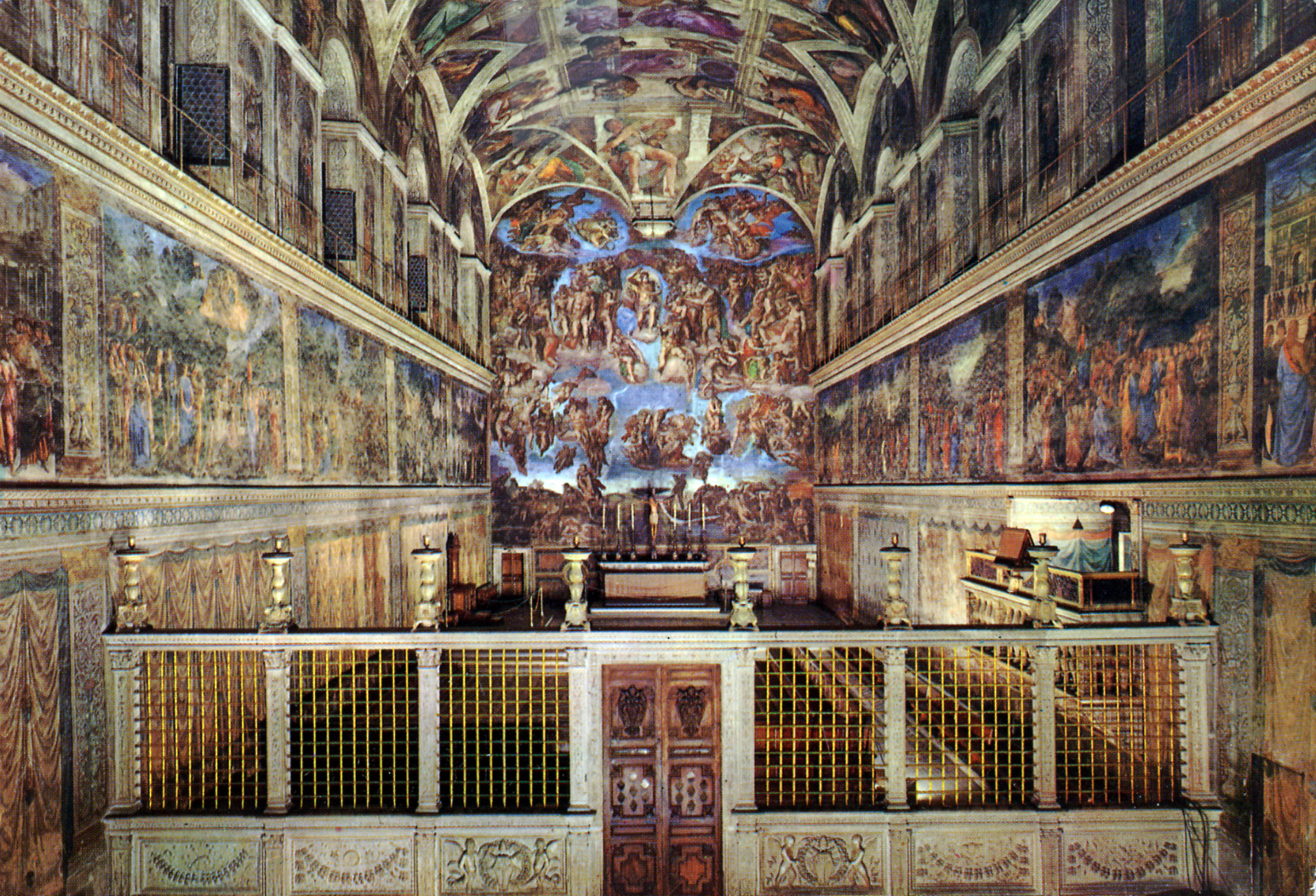The ancient history reveals Roman modus vivendi attractive and interesting to learn. For example, the Romans counted the hours of a day dividing time into twelve parts and not twenty-four, as we do now. The
purpose was to consider the parts of the sun and distinguish them from
those of the dark, thus the duration of the different sections of time
was not the same during the whole year.
Moving
on to marriages, the custom to take the bride in arms comes from the ancient
Romans, as well as to throw handfuls of rice well-wishing to the newly
married couple. Also brides were dressed in white but in Rome they had a red veil. The toast: the Romans drank as many glasses of wine as there were letters that made up the name of the person chosen. To cure diseases, the most popular was cabbage. The number 17 was bringing bad luck, this comes from the Roman numeral system. It represents 17 as XVII witch is similar to the word Vixi, which means "I lived", "I don't live anymore".
These are our roots - the Roman culture.
If you are curious how the Ancient Rome looked like and you would like to feel the atmosphere of that time I truly recommend the video below.

